I’m an unashamed fan of many things Google, but the first offering in the Nest Wi-Fi range was functional but unremarkable. This time around, well now it’s available in Australia, they’ve stepped it up with some additional features and even better coverage for your home.
At $349.00 for a single unit, or (at the time of publishing this review) $535.00 for a 3 pack of units, it’s a pretty budget friendly mesh offering. If you’re struggling for Wi-Fi through your home, the obvious answer is mesh and it doesn’t have to completely replace your existing router.
Design and Hardware
While there’s only a single color available in Australia, overseas there are extras… but that’s ok, because it’s the more “commercial” option in a snow white color way. It would be nice to have a choice of colour, but this will fit in most homes or is small enough to hide away in a rack or comms cabinet if you have one. A point of note here, is that the power brick is a bit too big to go side-by-side in a power strip, so make sure you’ve got plenty of power points available.
The unit itself is fairly unobtrusive, with a gloss finish and the cabling (power and dual 1Gbps ethernet jacks – one for WAN and one for LAN) all hidden in the rear. This is one of the potential pain points for high end, or “Pro” users, because it’s highly likely that they may use 2 or more nodes and want to connect game consoles, or other hardware like a NAS to the router for improved (wired) performance. Only having the two ports means you’ll have to use Wi-Fi or plug in a switch, which adds — albeit a tiny amount — latency to your connection. Perhaps even when the next model with Wi-Fi 7 lands, a 10Gbps port would be great for homes and offices with a decent wired network in place.
As an interesting change from the norm, there’s a single LED on the front that flashes different speeds and colours to indicate status like: Solid white is online, fast pulsing white is the device booting up, slow blue pulse is the device in setup mode, slow yellow blinking is a network error. The full list of status indicators for the lighting can be found here.
Another small, but significant change is that all Nest Wi-Fi Pro units can be a router, or a mesh node. The previous generation had a delineation between the two where you’ll have to have the specific router unit at your connection point. For this generation, if you’ve got a connection (FTTN, FTTC, HFC) that requires a specific modem within your premises, you can’t have this as a standalone unit, it will need to be behind your modem. Technically this is the case for FTTP too, but that is part of your install and you’re delivered the sweet fiber goodness direct over an Ethernet cable.
Setup: As easy as setting up any Google device
Like any Google device, you’ll need to have the Google Home app installed on your device to set up the Nest Wi-Fi Pro. Then you simply follow the bouncing ball to setup a new device, set the SSID and password (make it a strong one…) for the network, and ensure you’re choosing the right mode (router or Access Point) for your device.
The final settings configuration is automagically done in the background for you and takes a couple of minutes for the unit to come online. Once it is online, the device will show up as a new “Wi-Fi” in your Google Home app and be accessible to your wireless connected devices.
If you’ve got a need to setup more advanced settings, you’ve got access to options like WAN, LAN, DHCP and port forward settings. This is also a useful place to be, if you have some of those small carbon based life forms in your home that rarely look up from screens because you can pause their Wi-Fi access.
Performance: Power to burn
Wi-Fi 6e isn’t the fastest offering when it comes to Wi-Fi, but it’s going to be a significant step up from what most homes (particularly those who are using the ISP provided option) have in place. Where the Nest Wi-Fi Pro will show it’s hand is the Matter and Thread compatibility for Smart Home setups, it may not be a driver for you now… but make sure any connected hardware you buy is compatible moving forward because it will matter soon!
According to Google’s documentation, a single node will cover a two bedroom home but there’s a couple of variables to consider. The shape, floor area and materials used in the construction of your home have a big influence on this. A very long, double brick home with the router located at one end of the house is going to struggle to get Wi-Fi to the back end of the house, but a very square home with the router centrally located will potentially manage with one.
In reality, even a modest 3 bedroom home will benefit from the better coverage you’ll get by adding an extra node or two. Providing they’re effectively communicating with each other, the coverage around your home will improve. The most effective and simple approach on where to place nodes is to maximise height and to, ideally, place the nodes in a triangle.
For our review, there was just a single unit and it performed admirably in a large three bedroom home; increasing the coverage and signal strength over the ISP provided router significantly. The unit was installed at my mother-in-law’s house and, while she doesn’t have or want higher speed Internet, the Nest Wi-Fi Pro was more than capable of maxing out her 25Mbps/10Mbps connection and providing great coverage to all connected devices; in theory, up to 100 of them.
Daily use: It just works, and that’s what you should expect
Once you’ve got the Nest Wi-Fi Pro setup as your preferred access point, everything just works. The data transfer is quick and reliable, and speedy even when multiple devices are connected and streaming. Within the app, you can easily see how many devices are connected and even change settings for the network as you wish.
The downside of the Nest Wi-Fi Pro
The only real downside I can come up with after having this installed at my mother-in-law’s house for a month or so now, is that it’s not backwards compatible with the previous generation. So I’d question if that’s really a problem to the majority of buyers. The reason for the lack of backwards compatibility is that the Pro uses the 6Ghz band to connect between nodes, where the last generation uses 5Ghz.
Conclusion: It’s a great value offering
One of the great things about the Google hardware is just how simple it is to install and the Nest Wi-Fi Pro fits that description perfectly. The Nest Wi-Fi Pro is also reasonably inexpensive to upgrade your Wi-Fi, or outright replace your existing router as mentioned in the introduction. The ease of setup is certainly attractive, and having some more advanced features available will suit a huge majority of home based users.
There’s a couple of quite minor quibbles with design choices like lack of backward compatibility, the lack of a 10 gig port, and each node only having a pair of Ethernet on them; but these are features that many users aren’t going to utilise.
If you’re happy to move past these and take a look, then the usual channels (online and retail stores) are the best go-to to pick up one or more units to bathe your home in sweet, sweet Wi-Fi.

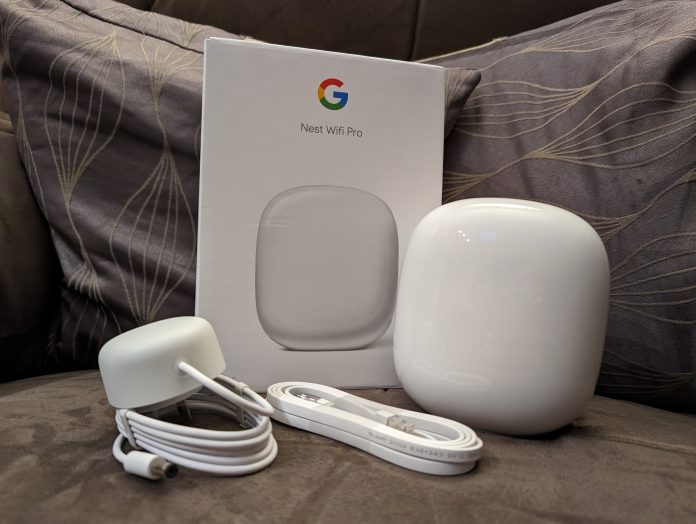
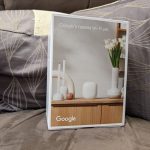
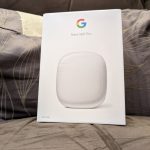
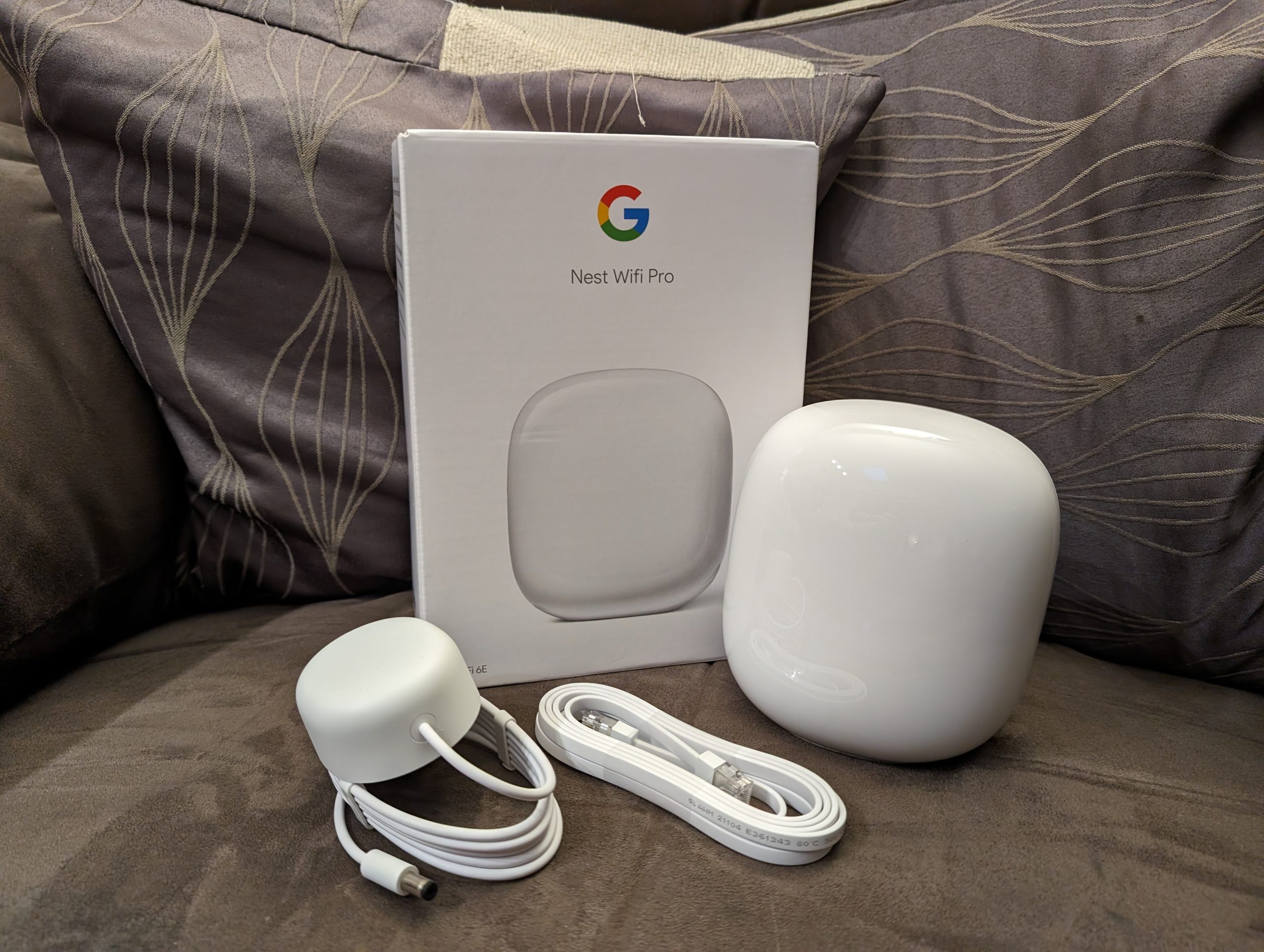
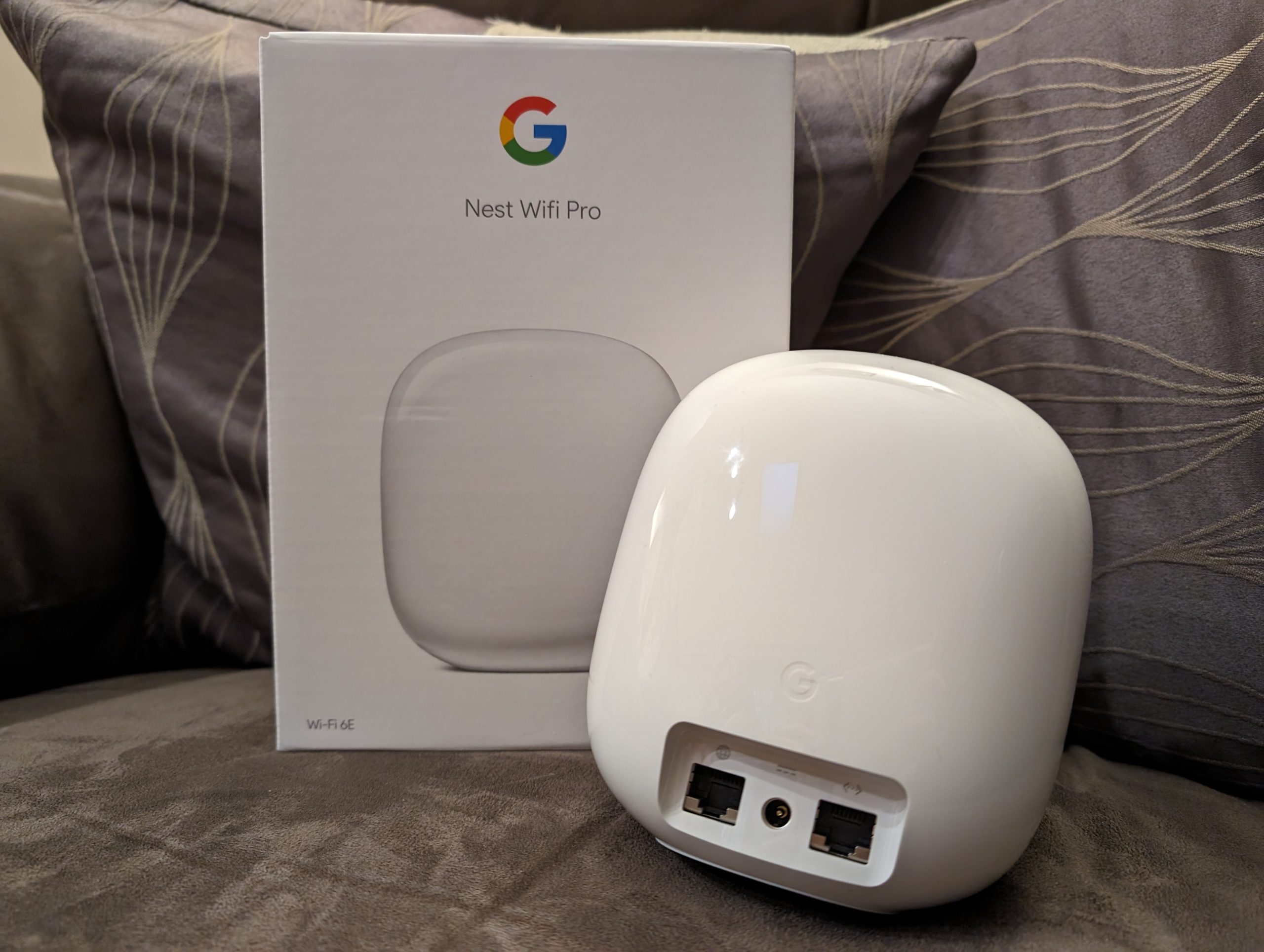



$297 for single unit at Officeworks.
Wifi alliance released wifi 7 certified yesterday
I will wait for wifi 7
as google released pixel 8 with wifi 7
google could release a new version of this router with wifi 7
dont forget in usa they announced google fibre 20 gigabit broadband plans and they said wifi 7 mesh system will be released soon